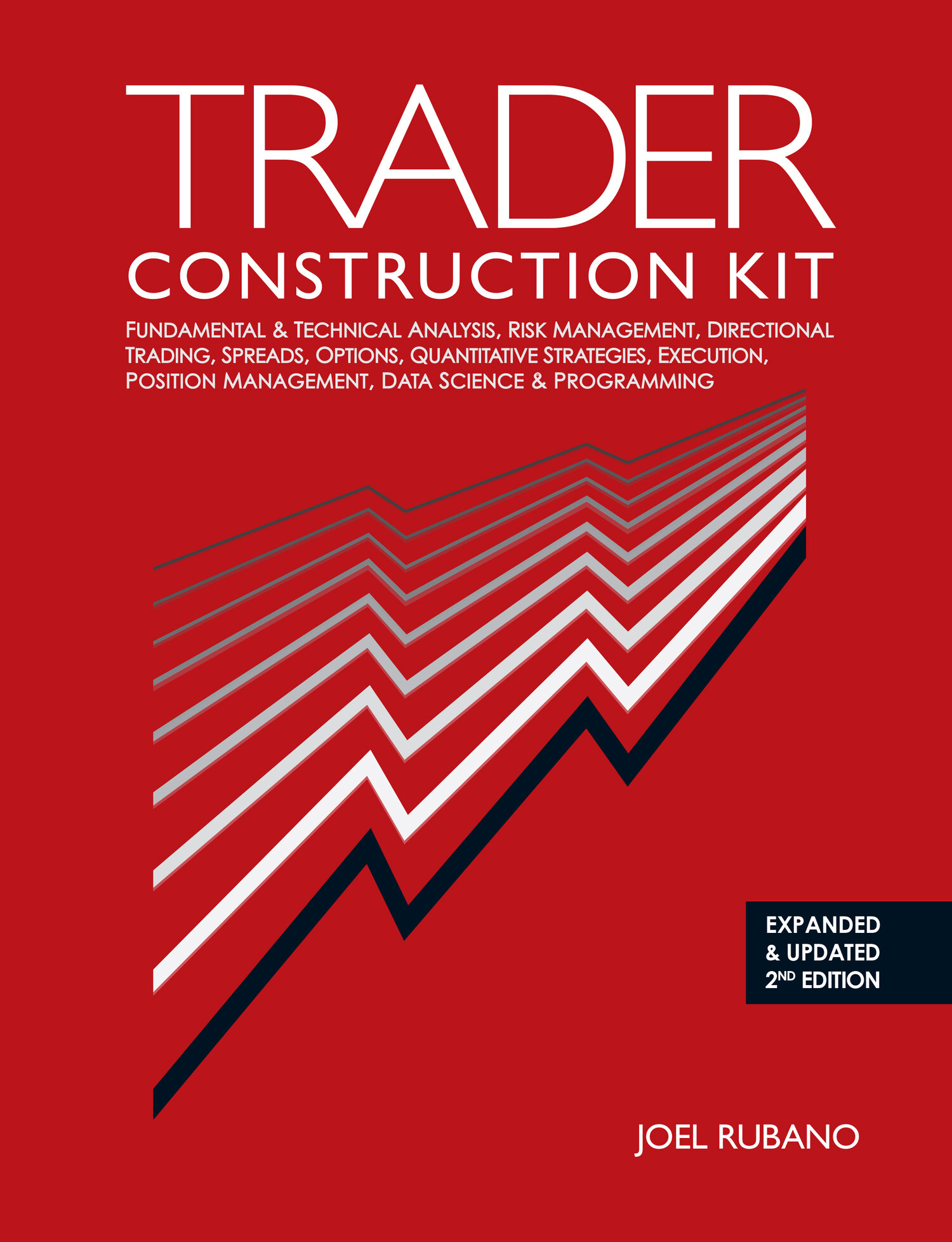Traits of Bad Traders
1. Not admitting that they are wrong.
2. Not taking responsibility for poor decisions.
3. Making the same mistakes again and again.
4. Trading too much.
5. Engaging in thrill-seeking behavior.
6. Making simple things complicated.
7. Ignoring their limitations.
Bad Traders Do Not Admit They Are Wrong
A trader holding a losing position faces a painful decision: suffer the losses in the short term in the hopes that things get better and not worse, or exit the position and move on to other opportunities. Some traders allow their ego to become part of the decision making process, refusing to remove negative positions because they cannot accept booking a loss. In other cases, particularly with an inexperienced trader, they may fear that the losing position will be a referendum on their capabilities as a risk taker. Regardless of the underlying reason, if the trader is unable to admit that a position is not working and proactively rectify the situation, then he has stopped managing risk and has become a passive spectator, riding the exposure wherever it may go.
Bad Traders Do Not Take Responsibility for Poor Decisions
This is a classic symptom of a weak, undisciplined trader. Every good trade is a product of her unique and singular genius, planned with the calculating tactical brilliance of Sun Tzu and executed with the effortless virtuosity of Paganini. Any losing trades are obviously the fault of the stupid analyst, the stupider weatherman, the insipidly stupid salesman, the buffoonishly stupid quant group, or the toxically stupid management, all of whom are conspiring to bring down the One True Hero of the markets. This distancing from any sort of negative outcome prevents productive self-critique and impedes refinement of a trader’s technique and methodology.
Bad Traders Make the Same Mistakes Over And Over Again
Poker players refer to any persistent problem in their life or their game that causes them to lose money as a leak. Visualize water leaking out of a hole in a bucket. Whenever a trader says “I always lose money when I do this or that trade,” the obvious question is, “Why do you keep doing it?” There are allowances for suboptimal performance when learning a new market, instrument, affecting a stylistic change or implementing a new methodology. Beyond some point, however, consistently unprofitable behavior cannot be tolerated and the trader will have to revise his approach or cease activity. This can be tremendously difficult, particularly for historically high achievers unaccustomed to failure.
Bad Traders Trade Too Much
It can be very frustrating for a trader to not be able to find any positions that seem worth taking, particularly early in the year when all of her colleagues are off and running or late in the year when they are desperately trying to meet a goal. If a trader cannot find anything that meets the normally exacting criteria, the easiest remedy is to simply lower the standards a bit and start re-considering previously discarded ideas. Eventually, with a low enough hurdle to clear, something has to seem worth doing, even if it is a 50/50 coin flip or worse. “At least I’ve got a position! I’m in the game!”
Having tasted the sweet nectar of bad decision making, professional over-traders rarely stop there. With newly lenient standards they become transactional dervishes, executing every trade not patently awful, buying and selling and buying again with reckless abandon.
Bad Traders Engage in Thrill-Seeking Trading
Overtrading is a good impulse warped by desperation and desire. Thrill-seeking trading is a manifestation of boredom and an unhealthy, destructive attitude toward risk taking. Thrill seekers trade to feel the rush, to be in the action, and are generally poor stewards of the firm’s capital as a result.
Bad Traders Make Simple Things Complicated
A close cousin to both the desire to overtrade and a desire to not take responsibility for losing positions is the tendency to take a bad position and, instead of cleanly exiting and taking the pain, attempting to fix things by putting on some sort of semi-equivalent off-setting trade to hedge the exposure. When the new trade inevitably exhibits some unwelcome performance characteristics, the trader tacks on a third deal to correct that, and a fourth to compensate for flaws in the third. The end result is a giant knot of positions that wobbles inexplicably back and forth with every tremor in the market, but that allows the trader to brag on any particular day that he has something that is working.
Bad Traders Ignore Their Limitations
There is a saying: “a good trader can trade anything.” Given time to learn the structure of a market, assimilate the applicable fundamentals, and discover the unique nuances, any trader with a disciplined, rigorous methodology should have a better-than-even chance of finding a way to be profitable. Many traders take the success they have worked so hard to achieve in one market and simply assume that the underlying methodology is universally applicable, without bothering to understand how the unique characteristics of a different market will influence their approach. This is particularly common in young traders who, caught up in the excitement of mastering a market assume that they have mastered all markets. This can be a particularly expensive delusion.
From Chapter 1 - Know Yourself, Pages 18-19.
To read more, click here. To purchase Trader Construction Kit, click here.
Excerpt from Trader Construction Kit Copyright © 2016 Joel Rubano. All rights reserved. No part may be reproduced in any form or by any electronic or mechanical means, including information storage and retrieval systems, without permission in writing from the publisher, except by reviewers, who may quote brief passages in a review.
